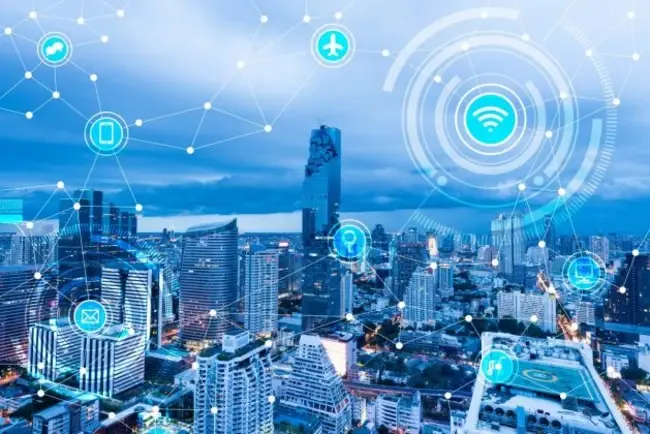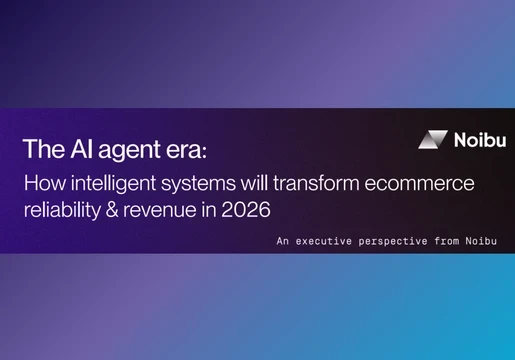The impact of the Internet of Things (IoT) is widespread and, what's more, it's everywhere. IoT has taken over our personal lives, our healthcare, our businesses, and animals. Today, connectivity has never thrived more, with IoT encouraging our modern devices to work together in harmony amongst themselves. One field that IoT is driving in particular is unified communications (UC). The two have come to form a symbiotic existence, in which they both push each other's potential. Here, we take a look at the ways IoT and UC complement each other and drive businesses today.

Customer service
Of course, many businesses today are using UC to enhance customer service. In particular, the two together enable companies to reach out to their customers via more communication mediums than ever. By zeroing in on the connected devices, businesses can better understand user behaviour/patterns and learn from this to improve their offering. Furthermore, to really capture the omnichannel experience, customer service staff can use IoT to speak directly with users. Thus, customers can enjoy a quicker and more personalised experience at the convenience of their own devices.
Better organisation
The bring your own device (BYOD) culture is spreading across enterprises. However, rather than copy everything from your phone calendar to computer or switching between the two, IoT and UC together enable you to simply connect your smartphone to your desk phone. In doing so, all of your admin is in one place. With businesses increasingly adopting BYOD, connecting devices helps ensure a successful implementation of the model that'll make your staff appreciate it all the more.
Smooth running of processes
Nobody likes downtime or interrupting the customer experience. For many organisations, this is in their top three fears because such downfalls can impact whether or not a customer returns. Thus, companies will work hard to cover all bases in case of a fault. However, the combination of UC and IoT makes it possible for the manufacturer to be alerted of a fault in the first instance – sometimes even before the customer knows. This is because IoT devices creates new opportunities for sensors, allowing manufacturers to work more proactively.
Why not check out this opinion piece by Chester Avey about how security technologies better detect and respond to threats?







Comments ( 0 )